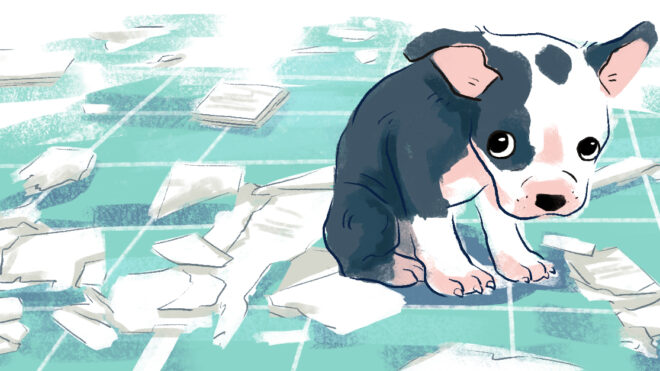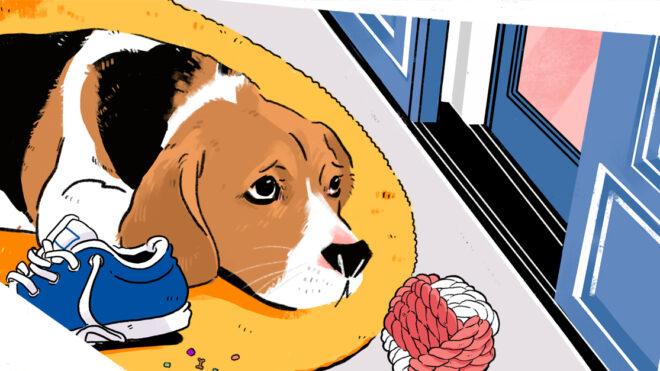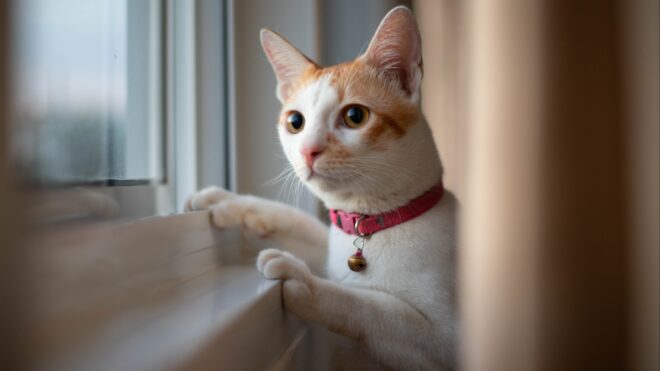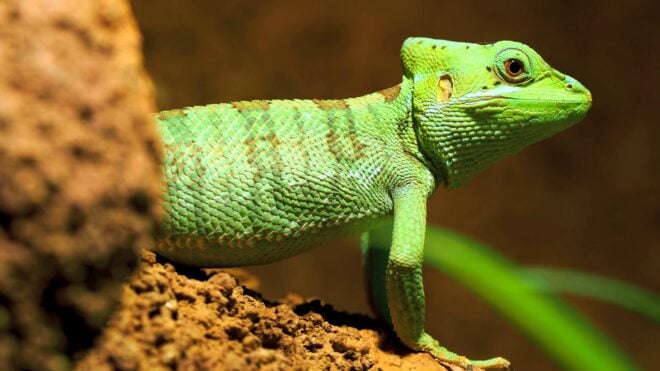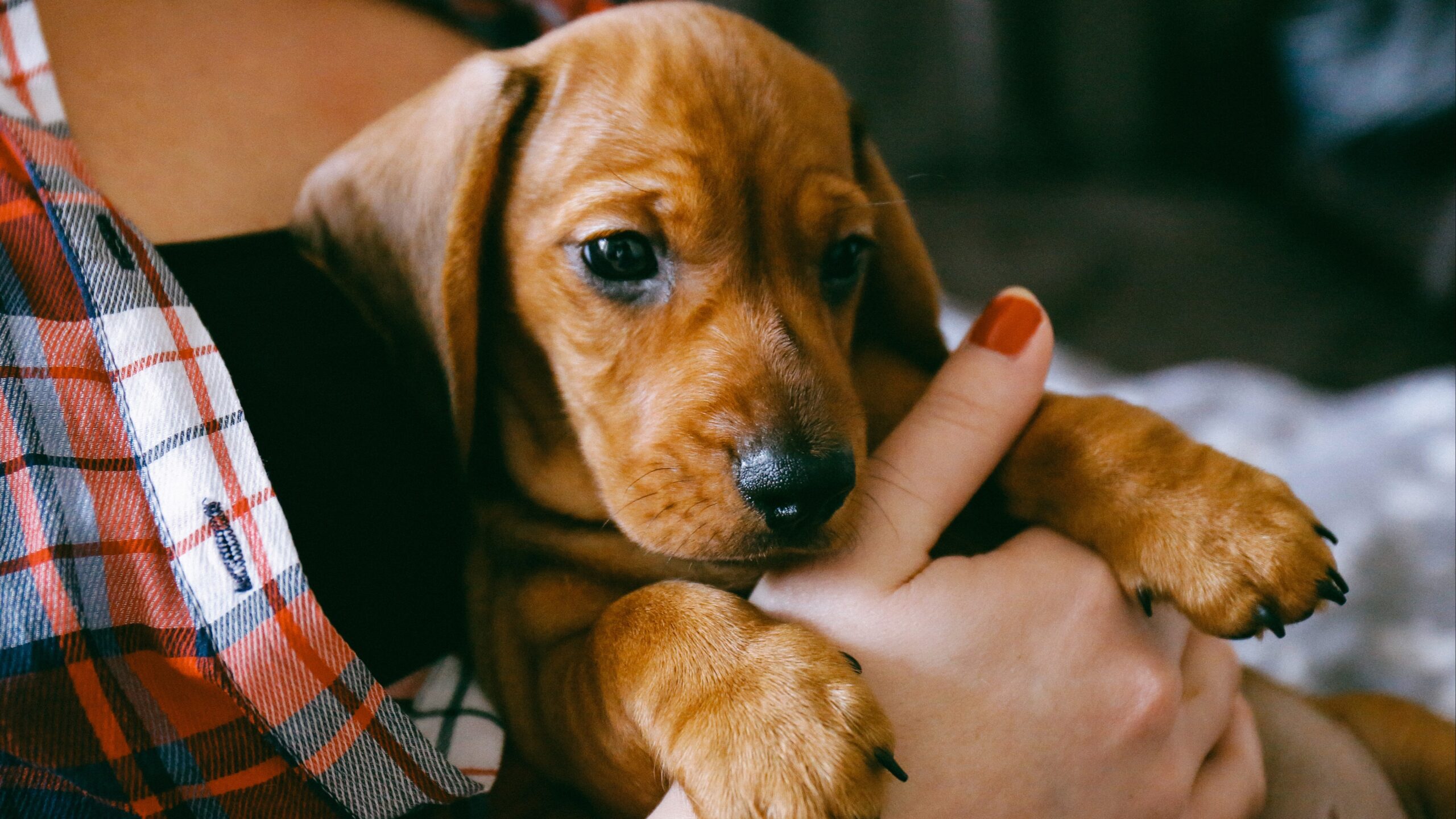
Puppies often top holiday wish lists, and they can certainly be the gift that keeps on giving snuggles, kisses … and stress if you don’t start off on the right “paw.” If you are new to pet parenthood or it’s been a while since you’ve had a puppy, getting familiar with the ages and stages of canines — and preparing must-have items you’ll need in advance — can help your new bundle adjust and set the tone for life in their new home.
More from LittleThings: 14 Things You Should Know Before Taking Your Pup To Doggy Day Care
LittleThings spoke with Brian O’Neal, GDMI (guide dog mobility instructor) and founder of Clutch Canines LLC, for tips. You can find him on Twitter here.
Get a Vet
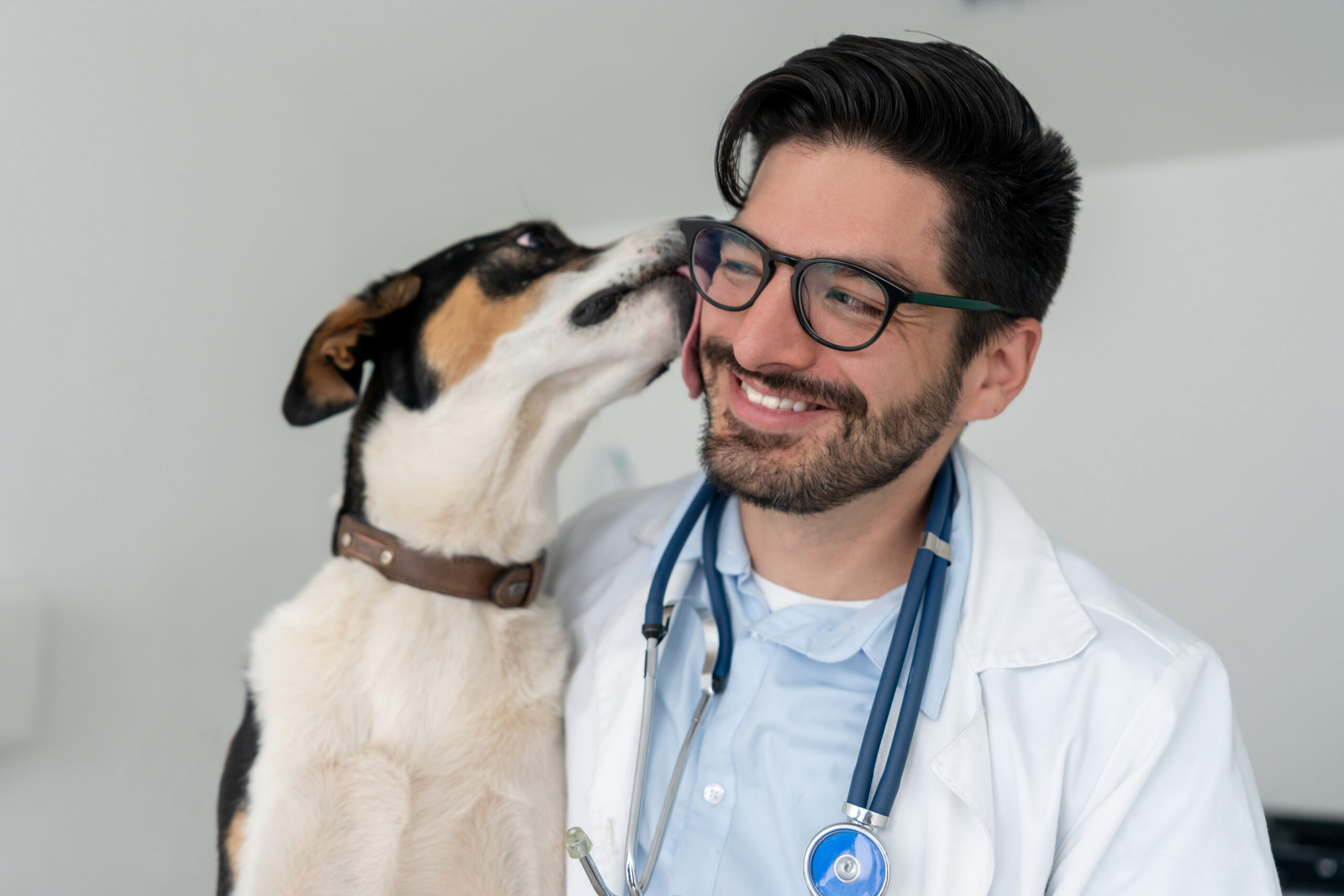
“Research local veterinarians in advance and choose someone who is respected and trusted by your community,” says Brian. “Your pet should receive a checkup as soon as possible after you bring it home to ensure it's in good health and is up to date on all vaccinations. Some common illnesses of puppies include parvovirus, kennel cough, worms, and leptospirosis. In some cases, stool samples need to be checked to detect illness. You’ll also need to get on a schedule for future vaccines and discuss timing to spay or neuter.”
Stock Up on Essential Items

Brian recommends using Nature’s Miracle cleaner/deodorizer during the potty-training phase. This will clean up messes and remove odors that attract your pet to further spoil that area.
Choose puppy-appropriate toys (more on that below). You’ll also want to look into purchasing an open type of playpen (if you have the space). Don’t forget a harness and a leash! It’s important to note that collars can — in certain circumstances — injure a young puppy, according to Brian. A bitter/no-chew topical will also help deter pups from biting on things they shouldn’t, like your favorite pair of shoes or your couch. Remember, just like children, puppies require lots of love and patience!
Buy Puppy-Safe Toys
Not all pet toys are safe. Brian points to rope toys as hazardous. "The long strands of a rope toy can come loose and be ingested," he notes. "Dogs pass the vast majority of foreign bodies they swallow (bits of mulch, etc.) without us even being aware — but something like a long string can be disastrous, as it can create a long, linear obstruction. Sometimes these span from the stomach down into the intestines, creating entanglement and twisting of the intestines. Rope toys can be fun as your dog matures and can actually help clean your dog’s teeth. However, you want to make sure your dog is not a destructive chewer.
"Also remember that it’s an interactive toy — one that should only be available while you’re actively engaging with your dog and put away after every single play session. Like all toys, you need to monitor for wear and tear and replace, if and when they are showing signs of breakdown. Even good chew bones like Benebones need to be replaced when they are worn down, as they can become too small and create a choking hazard."
Choose a Quality Brand of Puppy Food
Companies that employ a veterinary nutritionist to develop food are the healthiest, says Brian. “Foods, like all dog products, are marketed to people, so companies deploy all the bells, whistles, and tricks,” he notes. “Ultimately, you want a premium food that has a whole protein as the first ingredient. Stay away from fad food diets like ‘grain-free.’ This has led to severe problems in many dogs due to canine dilated cardiomyopathy (DCM). Ask your veterinarian for recommendations, and do your research into what the ingredients are and where they are sourced. Different countries have wildly different standards.”
Brands of pet food that have been developed with veterinary nutritionists include Farmina, Royal Canin, The Farmer’s Dog, and Hill’s Science Diet, just to name a few.
Learn About Crate Training So You Can Start Right Away
A common question new pet parents have is whether or not to crate-train. Brian is in favor of the crate. He says, “Crate training is an effective and proven way to have your dog accept and desire the crate as a safe haven and place of comfort. Use of a crate is very helpful with housebreaking as well.”
Feel free to use comfy towels or blankets in the crate. Brian suggests that until your pet is housebroken, you may want to temper the quality and expense of plush and cushy bedding, as accidents will occur. In the meantime, make the space inviting and cozy by using blankets and towels that can be replaced. Watch for any signs of chewing/shredding and adjust accordingly.
Crate size also matters. Brian says, “To use the crate as an accident deterrent, you want to make the space small enough that the pup can comfortably turn around, stand up, and lie down. But given too much room, the dog will empty in one corner and curl up in the opposite corner. Many crates come with dividers you can move to make the crate bigger as the dog grows but keep it small enough to deter accidents. Bear in mind that puppies need frequent opportunities to empty and void. Regardless of how small the crate space is, if they have to go, they’ll go.”
Be aware that you might have to let your pup cry it out at first and you might suffer flashbacks from sleep-training your kid (if you went that route), but soon your fur baby will adjust.
Learn How To Meet Your Dog's Emotional Needs
The most important thing is loving and caring for your pup. Brian says, “Being aware of what stage of puppy development they are in is also important in meeting their dynamic needs, as well as identifying behaviors that may be out of the ordinary and require professional assistance.”
He Breaks It Down:
The time most people acquire puppies is around 8 weeks old, which falls in the “fear” stage (8 to 12 weeks). This is a time when the puppy is impressionable and cautious of new and different experiences. It’s a great time to begin the socialization process, but in a measured and curated way.
“Pre-adolescence” runs from roughly 12 to 24 weeks and is a time of exploration and increasing independence. Greater expectations can be placed on the pup, and socialization is crucial now. Get your pup out and about — meeting as many people as possible and taking in all sorts of sights, sounds, and smells.
“Adolescence” forms the next six months and comes with increased testing of boundaries and rules as well as increased energy, as they begin to reach sexual maturity. Increased training intensity should be explored as well as providing an abundance of exercise and stimulation. Within the following six months, dogs typically reach emotional maturity and their true personality solidifies. Again, many factors shape this timeline, which may be different for any individual dog, including but not limited to breed and the age of altering.
Puppy-Proof Your House in Advance
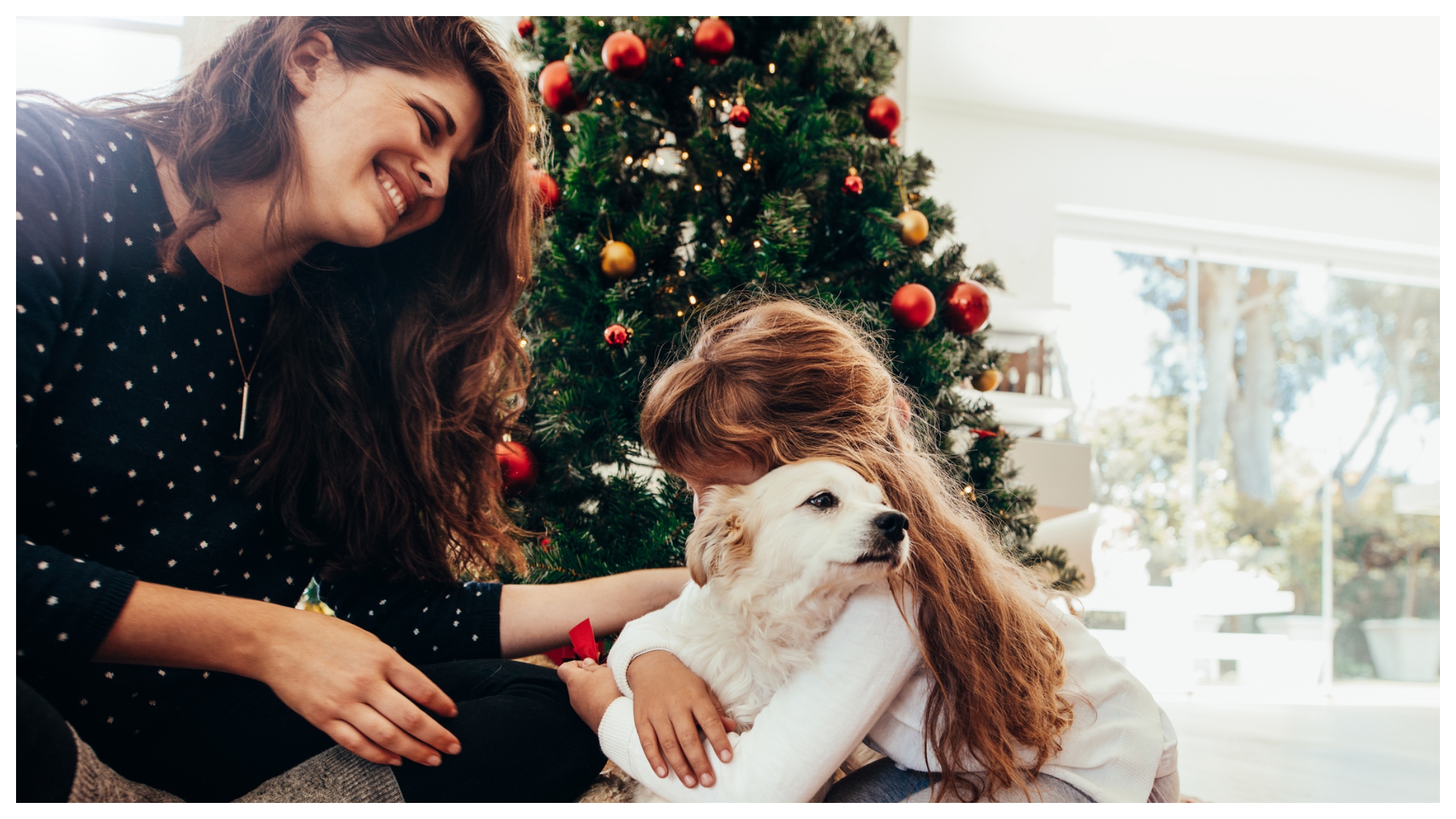
Become aware of household items that can be dangerous to a puppy. The list of items that are harmful to dogs is long and, in some cases, surprising. The obvious things like cleaners, chemicals, and rat poison are common sense. Brian notes, “One item people don’t think about and is particularly toxic to dogs and is found in sugar-free gum among other products is the artificial sweetener xylitol.”
The American Animal Hospital Association lists other dangerous household items, including:
• Chocolate
• Grapes and raisins
• Onions
• Medication
• Alcohol
• Raw yeast dough
• Macadamia nuts
• Caffeinated drinks
• Plants including daffodils, poinsettias, tulips
Make Time For Walks in Your Busy Schedule
Brian recommends five minutes per month of the puppy’s age up to two times per day. However, he states, “Many considerations should be made, such as breed and overall energy level. Also, larger and slower-developing breeds can be susceptible to long-term joint damage if overexercised as pups.”
Research Games and Learn Simple Training Commands
“Traditional games like fetch-and-find can be great for all dogs,” says Brian. “But even basic obedience can be fun for pups as they learn to try and figure out what you want and how they should do it.”
New adventures await, and now that you’re prepared with the essentials and a little patience, you’ll be one step ahead of those paw prints on your heart.


